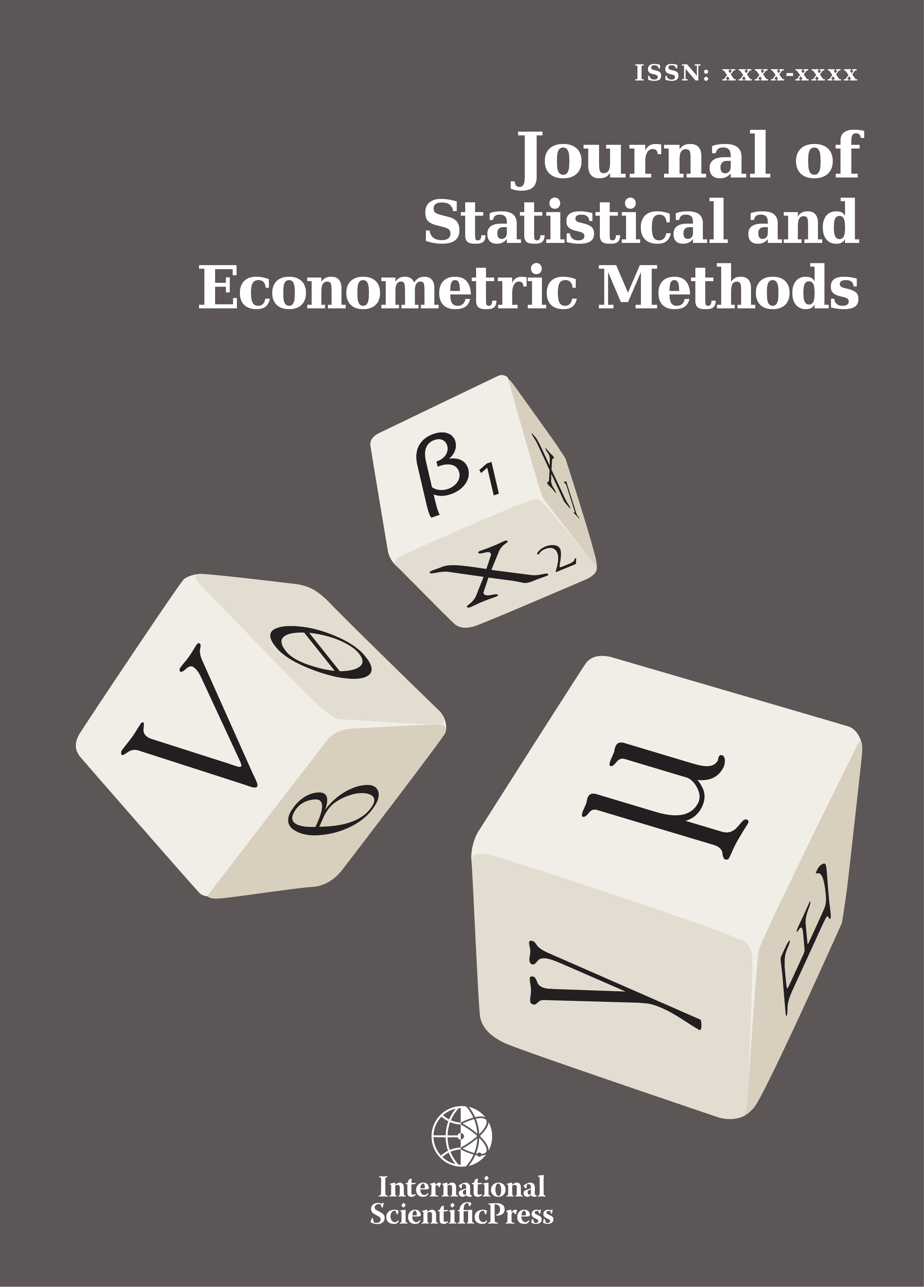Journal of Statistical and Econometric Methods
Provincial Assessment of Convergence and Migration in Spain
-
 [ Download ]
[ Download ]
- Times downloaded: 11191
-
Abstract
Convergence is a subject of controversy in regional studies, no matter if the analysis is carried out across regions of various countries or regions of the same country. Convergence is quite difficult to assess because it can be unconditional, conditional or club convergence. When referring to the impact of migration, the difficulty arises from the distinction made between net and gross migration, between the homogenous or heterogeneous nature of migrants when talking about their human capital endowment and from the issue of spatial dependence between adjacent regions. The present study carries out a cross-provincial analysis of GDP evolution in time and the influence exerted by internal migration. For this, I have used panel data covering the period 1998-2008 and, moreover, I have controlled for human capital content of migrants in order to determine if a brain drain or brain gain process took place in Spain. The appropriate model employed to assess beta-convergence is the spatial Durbin model with province- and period-specific effects. The main results point out at an increasing migration over the years, the existence of both sigma- and beta-convergence, a negative and significant effect of out-migration, significant estimates of spatially lagged GDP growth and GDP level. Unfortunately, because some coefficients returned insignificant values, I cannot pronounce myself in favor of brain drain or brain gain existence.
